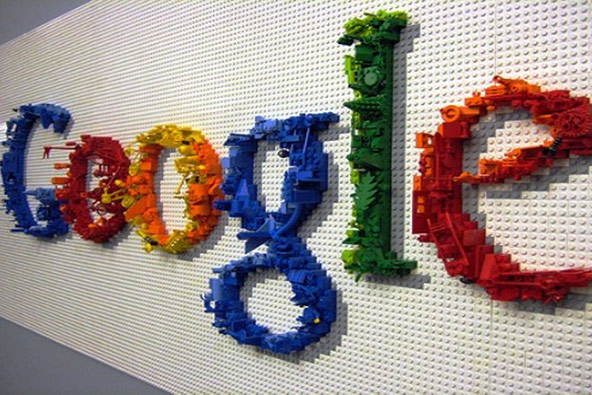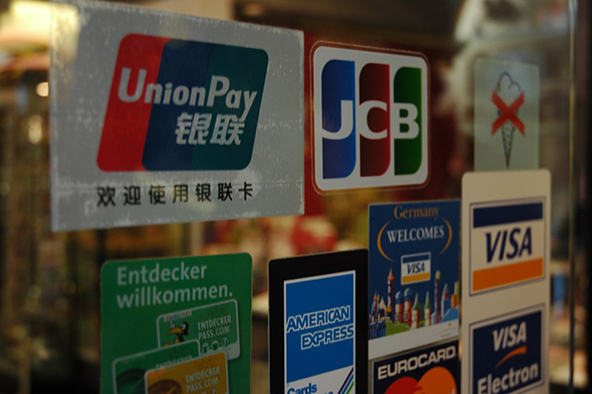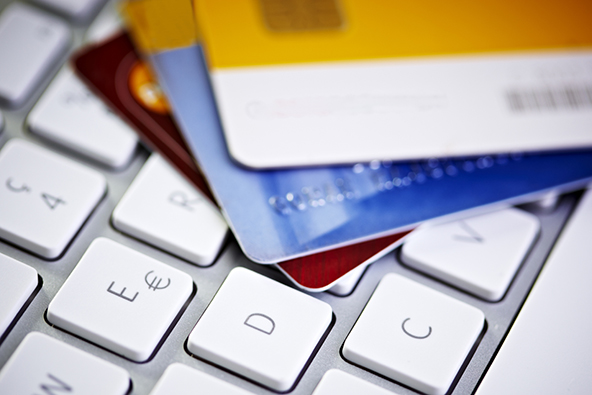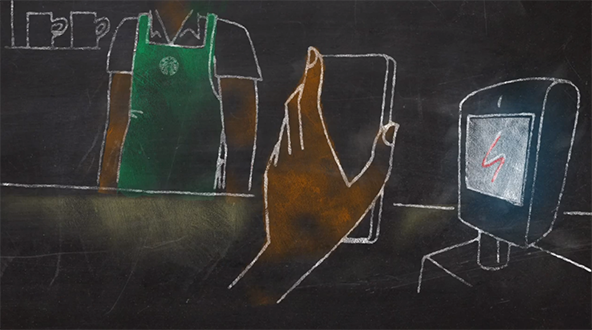Trending Mobile Payments

I often turn to Google Trends to keep up with what’s hot and what’s not in our industry and am hugely grateful to Google for making such wonderful tools available to us for free. After all, they could just keep the reams of data they continually collect from us to themselves and use them solely to make money. Why share the data? Yes, Google’s countless free tools still serve a larger business purpose by funneling countless millions of web surfers into the company’s website, collecting even more data from them in the process, which can then be used to further fine-tune the search engine’s algorithm and serve us better targeted ads, which is what the company really cares about.
Still, I, for one, am happy to let Google collect data about the things I do online, as long as I can get all these free services in return. And I use quite a few of them every day. Just off the top of my head, I can list Google Apps (the free version for my business email) Webmaster, Analytics, Alerts, FeedBurner, Google Plus, Google Talk, Gmail, Drive and Picasa, in addition to search and Trends. All of these I use daily and I’m sure I’ve omitted a few.
And what do I give in return? My search history, which I could hide if I wanted to. And even if I didn’t hide it (which I don’t), it is used for creating targeted ads, based on my interests. But what’s the big deal: I would be bombarded with ads anyway and whether these are targeted or otherwise makes precisely no difference to me. Oh, and if anyone really believes that Google is interested in him personally and tracks his every movement for some nefarious purposes, he needs a reality check: Google doesn’t care about you, you’re just a number.
Of course I have many issues with Google, but all of them have to do with its search algorithm. I believe it is grossly inadequate and, so many years after it was created and having absorbed billions of dollars in investments, it still somehow manages to regularly place some remarkably lousy websites at the very top of its search results. It is frustrating, to put it mildly.
But let’s get back to Google Trends. Yesterday I was pleased to discover that, finally, Trends results can be embedded into WordPress posts, which wasn’t an option until now. So I decided to take a fresh look into just how popular some of the most prominent mobile payments-related concepts really are and I thought I’d share what I’ve seen. Here it is.
Trending Mobile Payments
Before we get going, let me note that I will be alternating between global trends and U.S. ones, as some of the search terms whose trends we’ll be examining are relevant solely to the U.S. market, while others are more global in reach. Of course, you can adjust the settings as you wish below.
1. Mobile payments and mobile wallet. Let’s begin by looking at the evolution of the search volumes of these two terms. You will note that, both in the U.S. and globally, until very recently “mobile payments” had invariably been the more popular search, but over the past few months “mobile wallet” has taken a sizeable lead. Here is the global chart:
And here is the U.S. one:
2. Mobile commerce and mobile shopping. Interestingly, there is a big difference between these two terms’ U.S. and global comparative trends. Worldwide, their search volumes have closely mirrored each other until recently, having diverged substantially over the past year, with “mobile shopping” taking the lead. Here it is:
In the U.S., on the other hand, the pair still moves pretty much in lock step, as you can see below:
3. NFC and BLE. These are perhaps the two most prominent mobile wallet technologies, or at least the most talked-about ones. We recently reviewed a paper, which examined the two competing technologies and concluded that comparing the Bluetooth Low Energy (BLE) technology, on which Apple’s iBeacon is built, to near-field communication (NFC) is like “comparing a lighthouse (one way communications) to a telephone (two way communications)”, but each one of them has its pluses and minuses. As far as popularity goes, NFC has a sizeable and growing lead, both in the U.S. and worldwide. Here is the global chart:
And here is the U.S. one:
4. Google Wallet vs. Isis. As these are the two biggest NFC-based mobile wallet contenders, I looked at their relative popularity. I focused exclusively on the U.S. and then only on the “Internet & Telecom” category to eliminate from the results things like searches for Isis the Egyptian goddess and other things not related to what we are interested in; it doesn’t seem to have worked perfectly, but it has eliminated most of the unwanted results.
Until recently, Google Wallet has been generating a great deal more interest than Isis, but since its official, though much-delayed, launch, the telecoms’ joint venture has reversed the trend and it now enjoys a sizeable and growing lead.
5. Square and PayPal Here. Once again, I had to find a way to eliminate the noise here, as the biggest m-payments success to date bears a name that has certain geometrical connotations that are of no interest to us, at least not today. So, once again, I focused my attention on the “Internet & Telecom” category in the U.S. and that seemed to work very well. As you can see in the chart below, PayPal Here has been able to quickly close Square’s lead and the two are now enjoying roughly the same popularity.
6. Square’s European clones. The biggest Square copycats across the Atlantic, so far as I can tell, are iZettle, Adyen and mPowa. I would have done a Europe-wide comparison, which would have been the most appropriate one, but that was not an option, so I did a global one. As you can see, iZettle has a sizeable lead, but Adyen, with its excellent Shuttle offering, is steadily closing the gap. Here is how they compare:
7. Dwolla and LevelUp. These two companies don’t really share much in common, other than the fact that they may be the two most popular mobile payments start-ups in the U.S. not named Square. While Dwolla provides fast and cheap (or free) person-to-person (P2P) money transfers, LevelUp facilitates mobile payments, using QR-code-based technology. As you can see, Dwolla’s trend has held fairly constant, but LevelUp’s has not:
8. M-Pesa and mobile money. M-Pesa has been a huge success in Kenya and elsewhere. Only six years after its launch, the processor was handling payments worth about a third of Kenya’s GDP. Unsurprisingly, M-Pesa has become synonymous with “mobile money” in the countries where it operates, which is why I placed the two terms side by side. I had to do a worldwide comparison, which is unfair to M-Pesa, which is only available in a handful of countries, but I saw no better way to do it. Here is what we see:
9. Mobile banking, digital banking, virtual banking and P2P lending. There has been a lot of activity in mobile banking and peer-to-peer (P2P) lending over the past few years. As you can see in the chart below, however, as far as search volume is concerned, in the U.S. “mobile banking” enjoys a huge lead.
Worldwide, however, “digital banking” turns out to be a much more competitive term than it is in the U.S.:
The Takeaway
Data about the trends in various business-related search terms’ volumes over time is the most powerful indication of the shifts in consumer interest in the business, product or service under examination that I can think of. And Google Trend is certainly the most reliable source of such data, and it’s free. I can immediately think of a myriad ways to use the data for business purposes and I’m sure you can come up with quite a few more.
Image credit: Wikimedia Commons.


